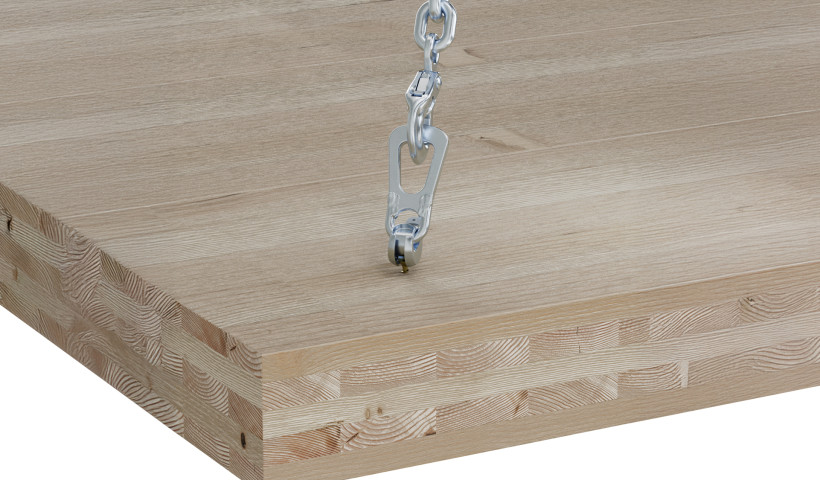 NEW
NEW
The many variables present in a building environment make it impossible to predict accurately whether, or when, corrosion will begin to reach a critical level. This relative uncertainty makes it crucial that specifiers and users be knowledgeable about the potential risks and select a product with suitable corrosion protection for the intended use.
Commonly outdoor applications and uses where the product might intermittently be exposed to elevated moisture levels would result in corrosion of steel products without corrosion protection.
In low risk (‘dry’) environments unprotected ‘black’ steel may be acceptable.
At medium risk levels, protection is added to parent steel by way of a sacrificial zinc layer, that essentially ‘corrodes’ or slowly diminishes over time sacrificing itself to prevent the steel corroding. This method obviously has limitations in that if left in too high a corrosive environment for prolonged periods the zinc initially present will eventually be completely dissipated and corrosion protection lost. The zinc can be applied to the parent steel material by different methods, including electroplating or hot dip galvanising. It is worth noting that the thickness of steel is a critical aspect to the amount/weight of zinc that will bind itself to the steel; for thin steel products it is not feasible to achieve a high density/weight of zinc. That’s because the zinc will no longer be properly bound to the steel but only bind to itself. Therefore higher weights of zinc coating can only be achieved with thicker steel products.
An alternative method to sacrificial surface protection is changing the composition of the steel itself — this is what defines stainless steel for example. It is worth noting that even stainless, depending on the grade, can corrode. Stainless grade 304 for example can exhibit what is often referred to as ‘tea staining’ on the surface, whereas this is far less likely to occur with the higher 316 grade. The presence of some surface corrosion does not mean that load capacity has been affected or that failure is imminent. If significant corrosion is apparent though then the fasteners, anchors, or connectors and the timber it is fitted against should be inspected and replacement of affected components may be required.













 Case Studies
Case Studies









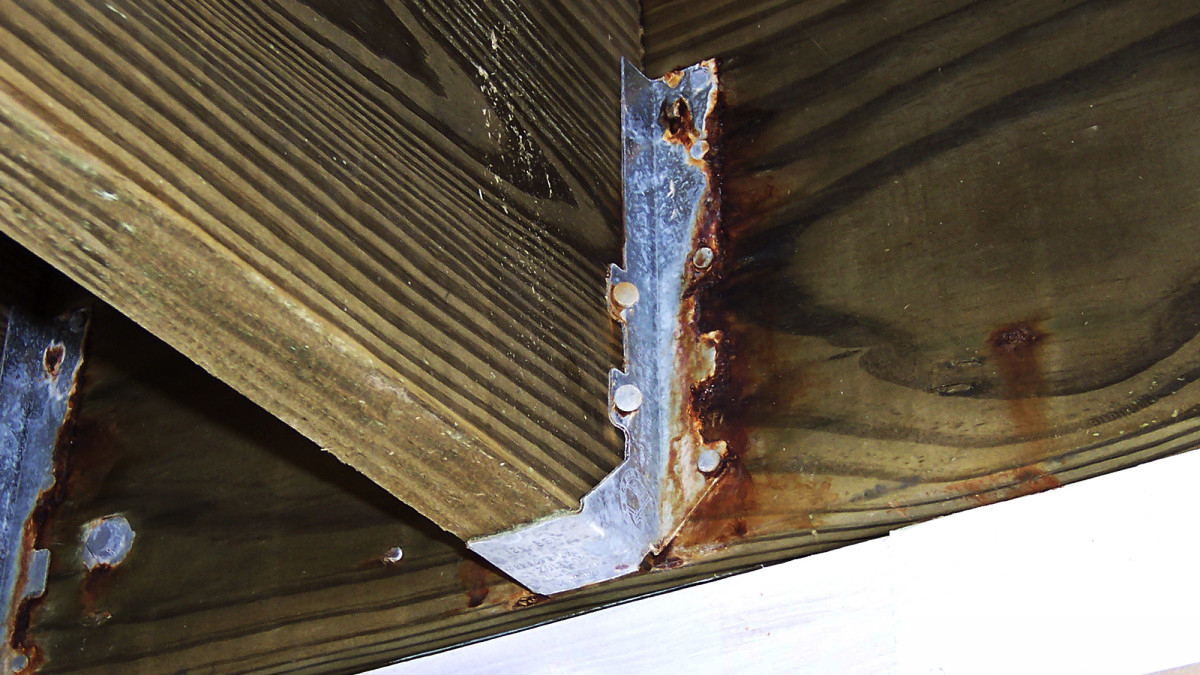
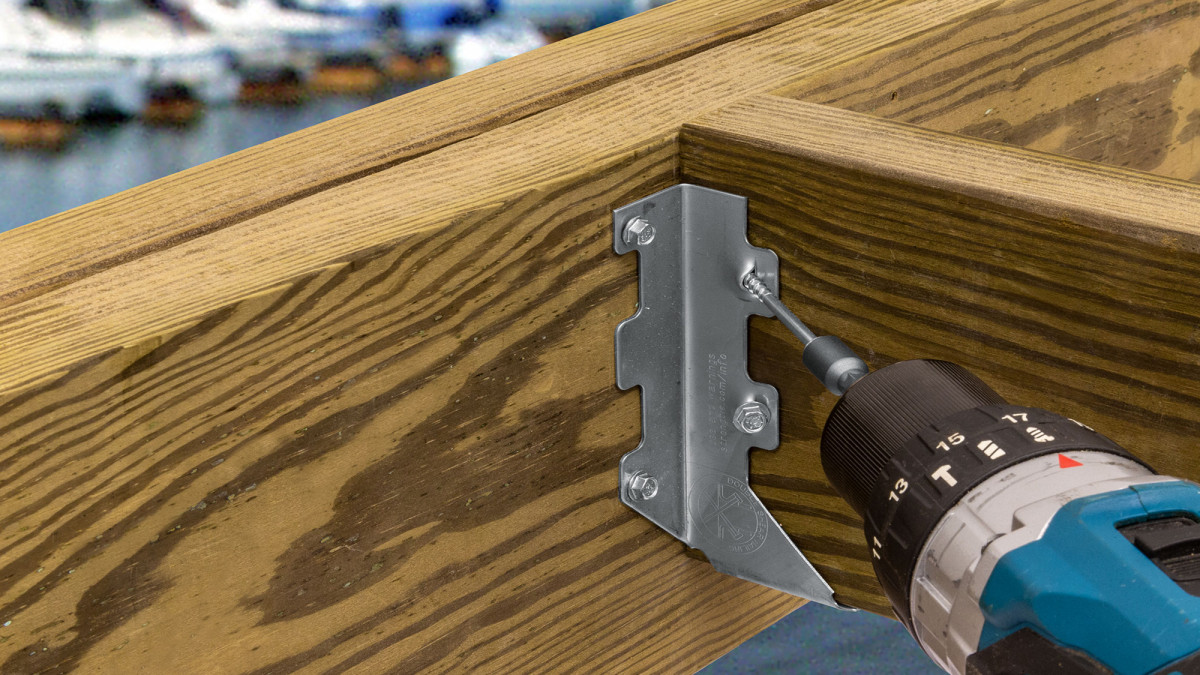


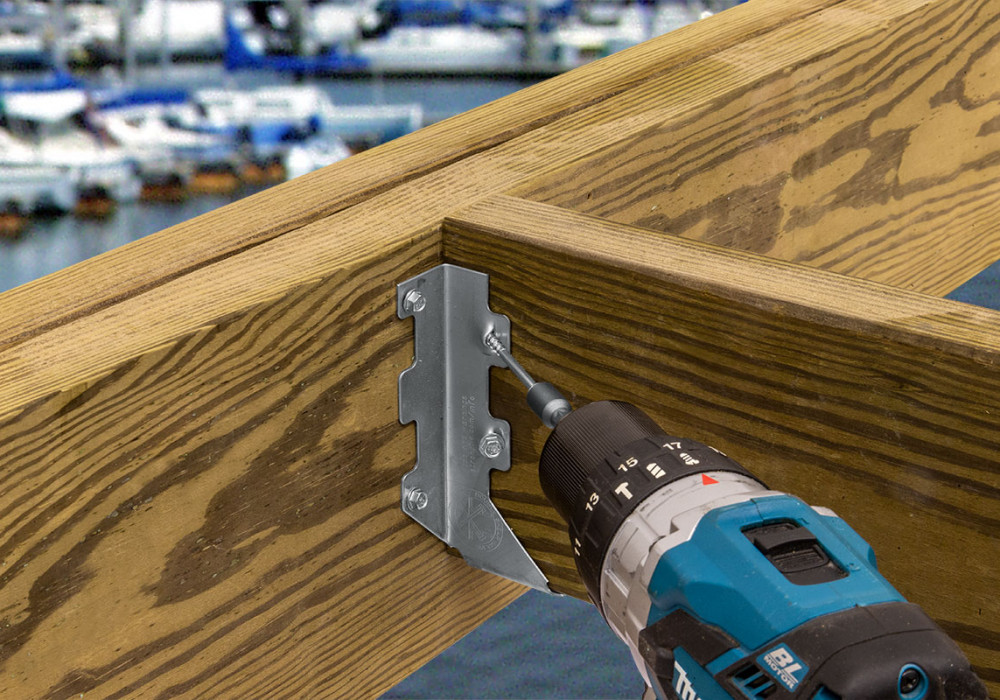


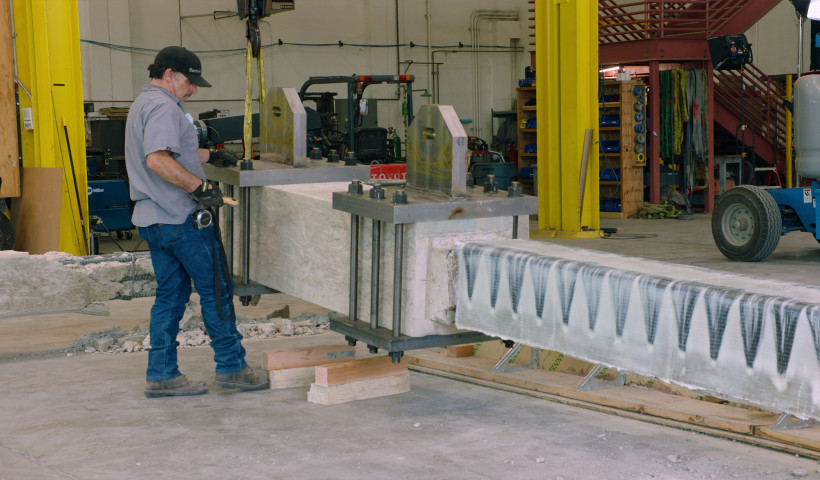

 Popular Products from Simpson Strong-Tie
Popular Products from Simpson Strong-Tie


 Most Popular
Most Popular


 Popular Blog Posts
Popular Blog Posts